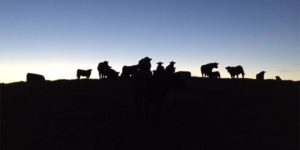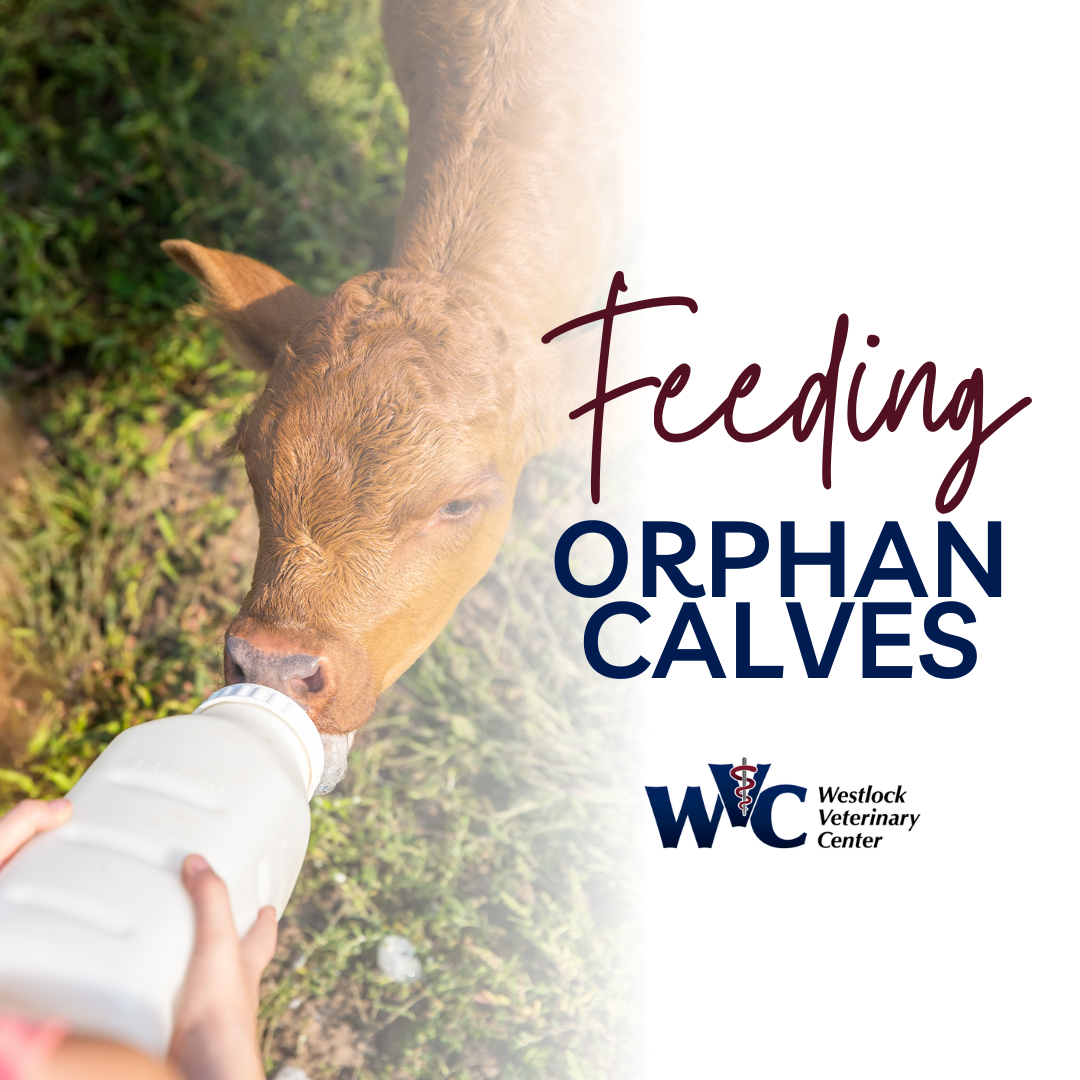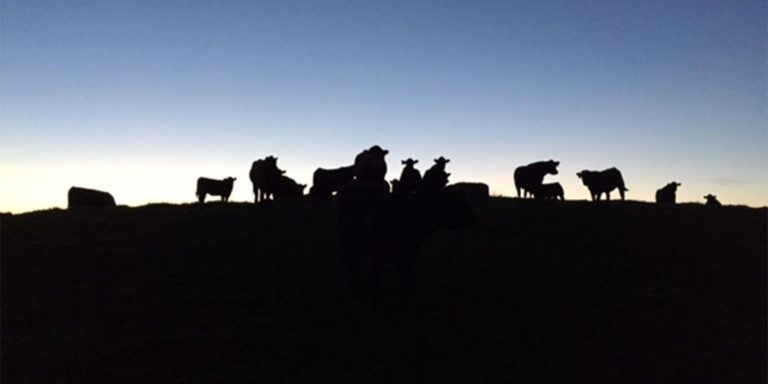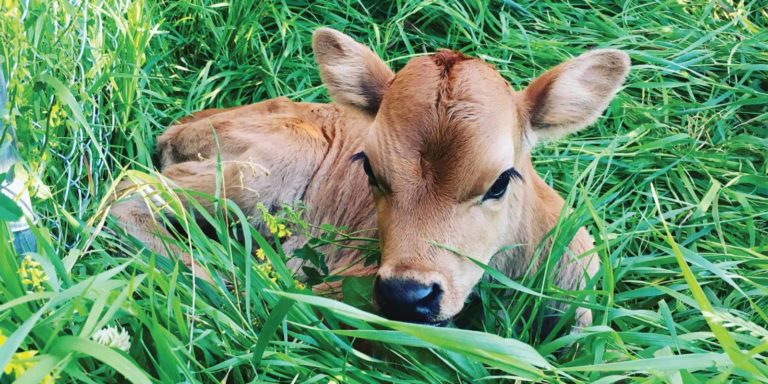Posts Tagged ‘cow vet’
Feeding Orphan Calves
By: Dr. Collin Lawrence
Whether you have chosen to rear bottle calves purchased from outside sources or are having to feed orphans or excess twins from your herd, there are some important things to consider.
1) Colostrum is always a number 1 priority. The importance and impacts of getting enough colostrum into a calf are critical. Increased risks of navel infections, scours, pneumonia, as well as reduced growth rates and immunity are only a few of the many impacts in the failure of passive transfer.
Timing is critical to ensure adequate intake of colostrum. It is recommended that calves get a minimum of 100-120 grams of immunoglobins (these are the antibodies calves receive from colostrum) in order to achieve adequate passive transfer. Calves are only able to absorb colostrum in their first 24 hours of life however, only a few hours after birth their absorptive capabilities start to diminish and by 12 hours old they can only absorb 50% of what they are fed. Meaning, even though you may provide great quality colostrum, if you delay giving it, they likely will not get enough antibodies to achieve adequate protection. If you do not see a calf up and nursing within the first 2 hours of life, it is probably prudent to get involved and ensure they get what they need. If you are buying calves and are unsure of their colostrum intake, you may want to reconsider purchasing them.
2) Bedding. A well bedded pen for them is very important and a thick layer of straw that they can snuggle into provides both a warm environment and helps reduce exposure to pathogens, especially if multiple calves are houses together.
3) Preventative measures. We recommend all calves receive Vit AD and Selenium at birth. There are a number of injectable or oral products available. As well, intranasal vaccines are a good idea to reduce the risk of respiratory disease affecting these calves in their first months of life. The use of scour prevention products is a bit more complicated as it depends on what pathogens we are trying to protect against (there is no product that protects against everything) and most have to be given in the first hours of life, like colostrum.
4) Feeding. At a minimum, calves should be getting 10% of their body weight in milk each day (10lbs = 1 gallon = 4.5L). However, to achieve better growth rates and health outcomes, many dairy operations are feeding calves closer to 8-10L of milk per day. They should also have full time access to a dairy calf creep and good quality grass hay by a week old. This is critical for rumen development and allows calves to transition easier during weaning, often within 3 months of life.
Normally calves are continually exposed to lactobacillus and other “good bacteria” when they nurse from their mother’s udder. A bottle calf does not have that luxury and without a normal gut flora they have reduced feed efficiency and increased risk of scours. We also have a product to add to their feedings this twice daily in the milk provides a source of these important bacteria.
Herd Health Program
Your herd’s health is your profitability!
WVC has the skill set and experience to offer cow-calf and feedlot clients reliable and affordable full herd health services. Our veterinarians can provide you with practical and sustainable solutions to your herd health concerns.
We are available 24 hours a day, 365 days a year to ensure all bovine emergencies are taken care of as quickly as possible either on your farm or here in the clinic.
A Vet Client Patient Relationship(VCPR) is a relationship that is established between a veterinarian and a producer in order to accomplish a specific goal for your individual herd health. Each farm will receive a customized vaccination and treatment plan from our veterinarians to help your operation thrive. Work with a veterinarian to see how your current herd health program can be strengthened to help reduce disease and how you can establish preventative measures. See how working with your veterinarian can be an investment that actually improves your bottom line.
We provide to our beef clients the following services:
– Ultrasound pregnancy checking
– Obstetrical issues such as calvings, c-sections and vaginal/uterine prolapse
– Routine Surgery: cancer eye, LDA, RDA, hernia repair, dehorning
– Complete Breeding Soundness Evaluations for Bulls
– Semen Freezing
– Calf care such as broken legs, umbilical hernia repair, navel ill, scours management and treatment.
– Post-Mortem evaluation and diagnosis
– Lameness examinations
– VCPR visits complete with health and vaccine protocols specific to your herd
– Farm visits for individual animals or groups of animals with health concerns
– Alberta BSE Surveillance Program testing
– In House Laboratory Services: fecals, parasitology, blood work
– Export Services
– Comprehensive ambulatory services
– Insurance Reports
– Artificial Insemination, Embryo Transfer
Did you know that Westlock Veterinary Center offers a rebate to Beef Clients that utilize our herd health program to the fullest extent??
If you think you qualify or want to learn more, contact us today.
780-349-3663
[ninja_form id=1]

It’s Calving Season!
CALVING SEASON!
It’s well into calving season now, here is a little refresher on the stages of calving and when to seek help.
Stage 1: Symptoms of restlessness and discomfort, cow may lay down and get up frequently. The teats may become distended and leak milk. During the end of this stage the water bag is presented and will likely break. These conditions will normally be observed for 1-6 hours.
Stage 2: This stage is characterized by the fetus entering the dilated birth canal, rupture of the second water sac and abdominal contractions/labor and the expulsion of the calf. The cow will initiate abdominal contractions once the feet have entered the cervix or vagina.
This may not be observed due to one of the following:
-If the calf is breech (tail first)
-Twin calves who can’t agree who should go first
-Uterine Torsion or Cervical Scarring
Intervention is required if Stage 2 is delayed. Time for Stage 2 for a cow is 30 minutes to 4 Hours. Heifers usually require 4 hours.
Stage 3: The last stage is the expulsion of the placenta and the uterus returning to normal size. This is anywhere from 30 minutes to 8 hours.
Guidelines:
1.Check in intervals of 3 hours
2.Once a heifer/cow is in Stage 2, check frequently
3.Intervene if – stage 1 is over 3 hours, stage 2 is over 2 hours or cow/heifer is trying hard for 30 minutes-1 hour with no progress, – or if they have quit trying for more then 20 minutes.
Seek Professional Advice When:
- You don’t know what you are dealing with
- You know the problem, and the solution but you know you are unable to handle the problem
- You know the problem and the solution but are unable to make any progress in 20 minutes



